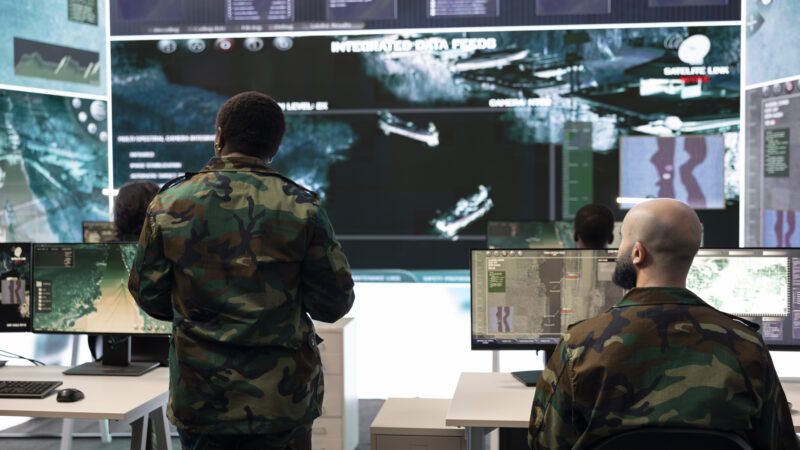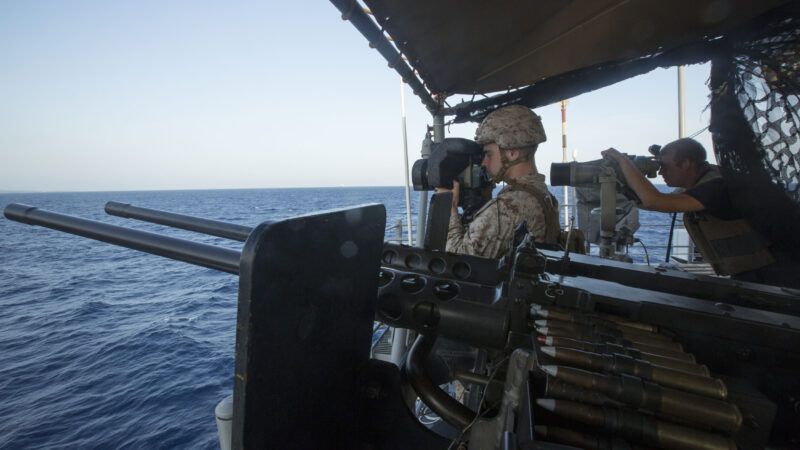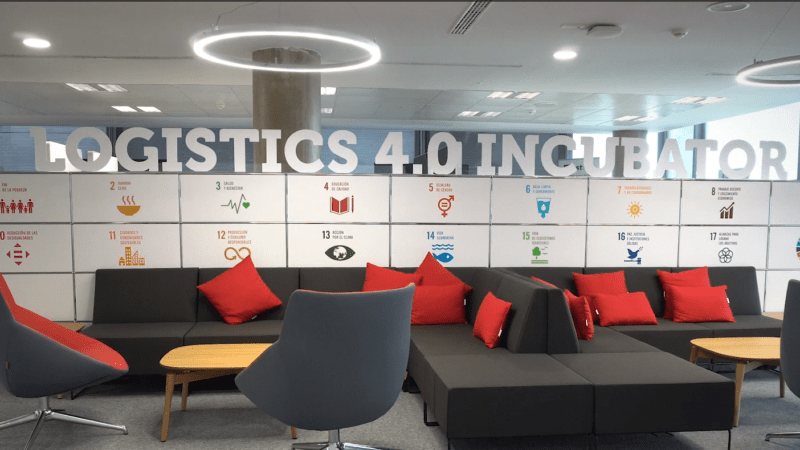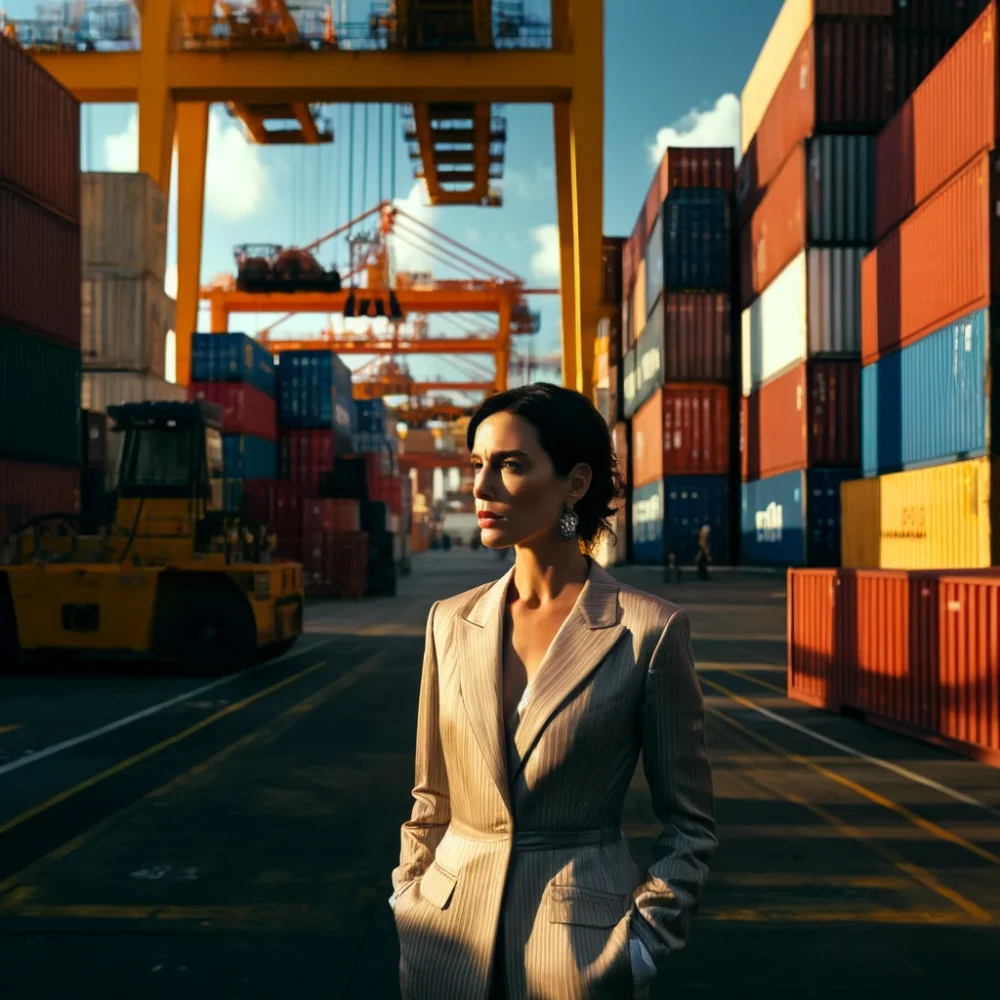
Uncertainty in the supply chain? Better Call Ports
Disruptions are no longer the exception, but the new normal to which the supply chain must get used to and adapt. In this scenario, the experience of ports in managing uncertainty can provide the necessary know-how to maintain the balance of global logistics.

Everything is very confusing. Moving. Changing. Chaotic. And on top of that, climate change.
The World Economic Forum warns in The Global Risks. Report 2024 that "underlying geopolitical tensions, combined with the outbreak of active hostilities in multiple regions, are contributing to an unstable world order characterized by polarizing discourses, eroding trust and insecurity."
The report further lists that "countries are facing the effects of unprecedented extreme weather, as efforts and resources to adapt to climate change are not commensurate with the type, scale and intensity of weather events already occurring. Cost-of-living pressures continue to take their toll, amid persistently high inflation and interest rates and continued economic uncertainty in much of the world."
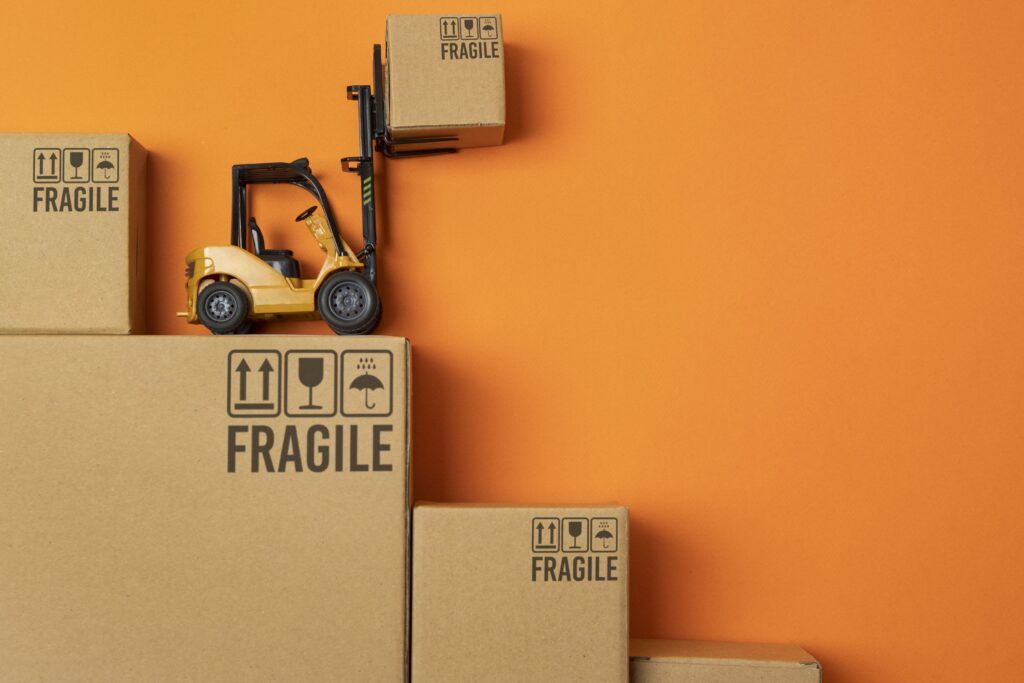
What about the logistics chain?
In The Red Sea Crisis: ramifications for vessel operations, shipping networks, and maritime supply chains, Theo Notteboom analyzes one of the most recent conflicts that has hit logistics once again: the tensions generated in the Red Sea and its impact on maritime traffic.
Notteboom points out in the introduction to the document that in recent years inter-oceanic routes have been heavily affected by a series of weather anomalies (the drought which, without going any further, has reduced the capacity of the Panama Canal by 36%), military conflicts such as the war between Russia and Ukraine and the crisis between Gaza and Israel, and nautical accidents such as the Ever Given incident in March 2021, which had a cost of $10 billion a day.
"The concept we had of secure and predictable logistics has been under question since Covid-19. All the disruptions that have happened subsequently have caused companies to perceive the unreliability of the global logistics chain as a permanent risk to their business," reflects in PierNext Santiago Garcia-Milà, Deputy Director General for Innovation and Business Strategy at the Port of Barcelona, a fact confirmed by an Institut Cerdà survey of Spanish companies.

Red Sea: a detour with several impacts
If we focus on the last major disruption, Notteboom and Garcia-Milà agree in their analysis of the consequencesof the diversion of maritime traffic through the Cape of Good Hope to the detriment of the Suez Canal due to the instability being experienced in the Red Sea. A scenario that began in 2023 and is becoming increasingly widespread among shipping companies to protect crew and cargo from Houthi attacks.
Lloyd's Intelligence data cited in the study show that some 1,500 merchant ships were transiting the Suez Canal monthly before the onset of the Red Sea crisis in mid-November.
- An increasingly unpredictable estimated time of arrival
This change of course adds days of navigation to container traffic and the need to make different calls, causing a greater loss of reliability in the ETA(estimated time of arrival), which can delay cargo delivery by up to 15 days. "The overall impact on the logistics chain is enormous," says Garcia-Milà.
According to the Notteboom report, circumnavigating Africa as an alternative route to the Suez Canal adds 4,575 nautical miles of sailing distance between Shanghai and Rotterdam and 12 days of additional sailing time.
- Impact on Mediterranean routes
In the case of the Mediterranean, Garcia-Milà explains that most shipping lines now access from Gibraltar, increasing the number of transshipments in western Mediterranean ports such as Tangier, Algeciras, Valencia or Barcelona and impacting very negatively on countries located at the other end such as Greece and Turkey. "It has also generated the creation of unorthodox routes such as the entrance to the Suez Canal from the eastern Mediterranean to serve the Middle East from the ports of Saudi Arabia," he exemplifies.
- The result: increased emissions and rising freight rates
The increase in navigation time and the reconfiguration of routes to longer distances means that there is a need to use more ships, which are also smaller and less efficient in terms of sustainability. Garcia-Milà explains that, according to Sea Intelligence calculations, the aforementioned impacts have increased emissions on some maritime routes in the Mediterranean by more than 300%.
The deputy general manager of the Port of Barcelona also explains that the peak in the rise in freight rates has been stabilizing in recent weeks but that, even so, "they are still over 66% higher than lastyear's prices," he points out.
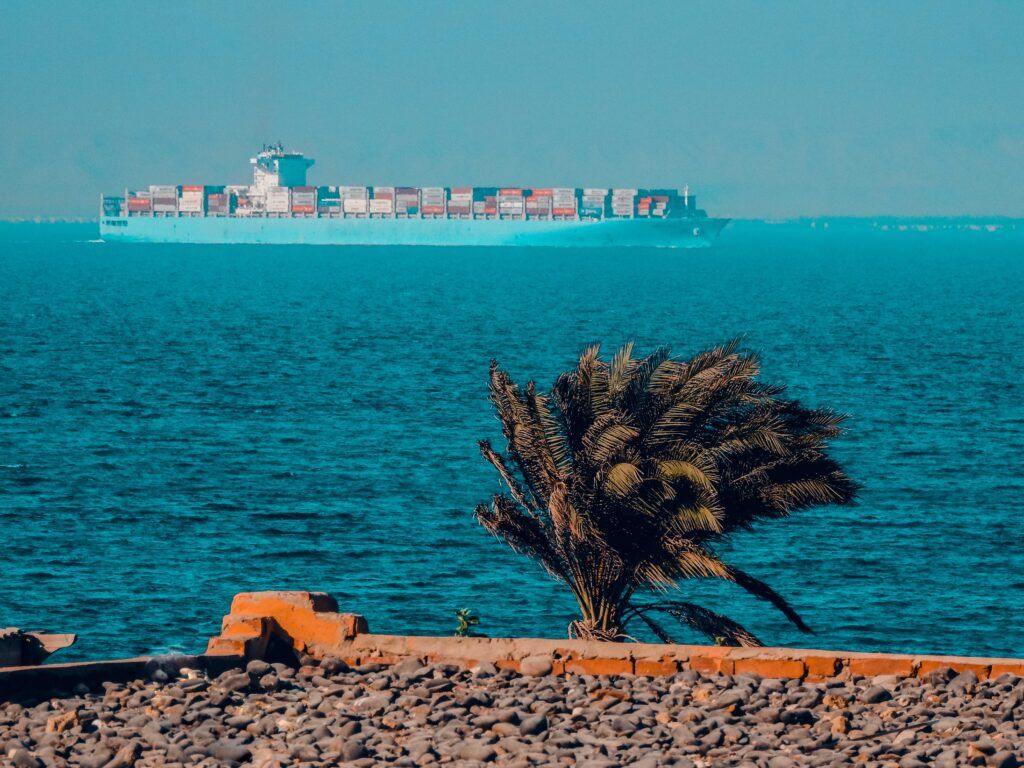
What are the consequences?
The Red Sea crisis has produced a number of data showing changing trends in freight transport and in the modes of freight transport. Italy, for example, has experienced a general increase in the use of rail and air.
The latter is particularly suitable for high-value, low-volume, low-weight goods, which is the case in Barcelona, given the management of goods such as automotive, pharmaceutical and fashion components, which can be transported by air if necessary.
Economics is another yardstick for measuring the consequences of supply chain disruptions. "They obviously generate an additional cost on producers and distributors that impact consumption. This has created a distortion in just-in-time and in the way companies work and receive goods," says Garcia-Milà.
Another paradigm shift whose implementation has been less than expected, however, is the reshoring or nearshoring of certain productions or distributions to bring them closer to consumer markets and thus reduce the disruptive effects that long-distance transport or shipping may have.
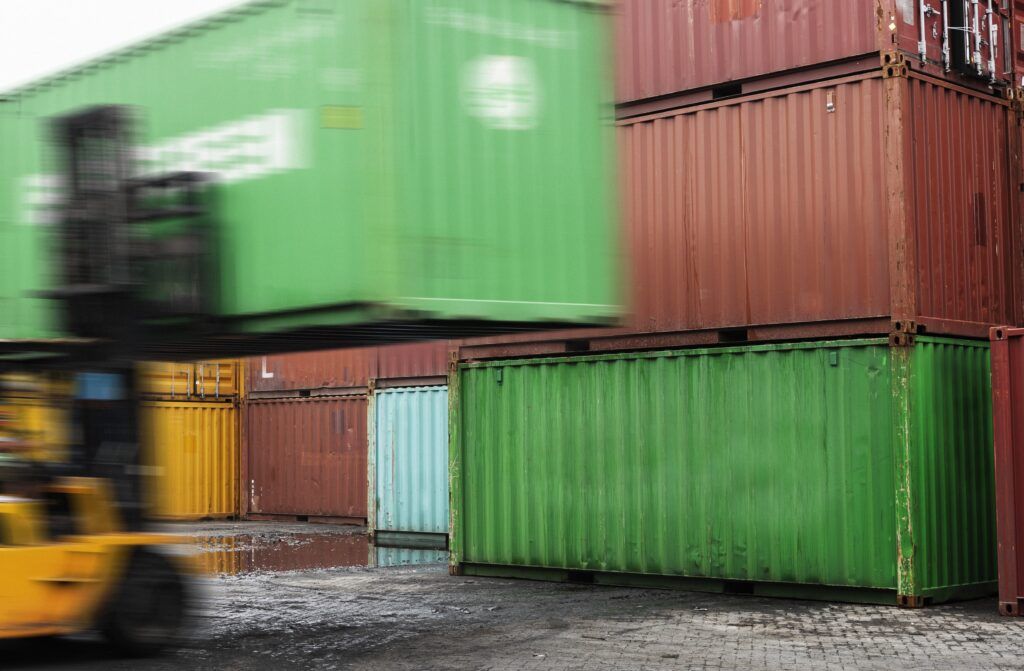
Why the experience of ports can be invaluable
At the end of March, the International Association of Ports and Harbors met in London to discuss, among other issues, how ports can use their experience to help the logistics chain adapt to these turbulent scenarios and increase its reliability.
Garcia-Milà, present at the sessions, stressed that the service vocation of ports and their neutrality in the chain link further strengthens their role as an agent that can contribute to a scenario that favors greater certainty and predictability.
This can be achieved in two ways, says the Port of Barcelona expert:
- first, it is necessary to identify the key elements that allow companies to manage, with maximum reliability, this disruptive logistics chain.
- and second, using tools such as new technologies.
"Here, Port Community Systems (PCS) are key, as they provide a high degree of predictability based on how these same events have developed in the past, providing a level of certainty that is vital for managing the supply chain of companies with business models and a very patterned distribution from its origin to its end," he says.
The IAPH has held meetings with other key players in these processes, such as the Digital Container Shipping Association, the Terminal Industry Committee and the International Port Community System Association, as well as publishing the document Risk and Resilience. Guidelines for Ports, in order to provide the necessary tools to help simplify predictability.
The geopolitical and environmental context is no longer the same as it was at the beginning of the century. Nor is the logistics chain, and industries, services and consumption will have to adapt to this new reality with the help of technologies that will be key to interpreting the present and predicting the immediate future with greater certainty.
As Garcia-Milà points out, risks also open the door to new opportunities; you just have to know how to identify them and provide solutions.



